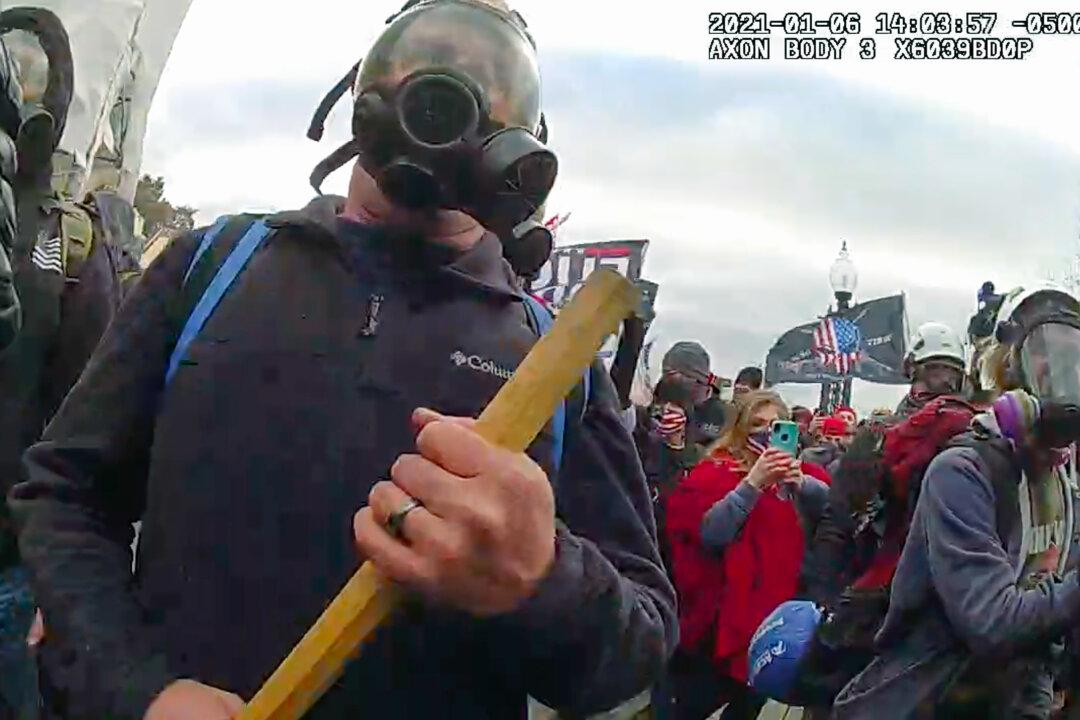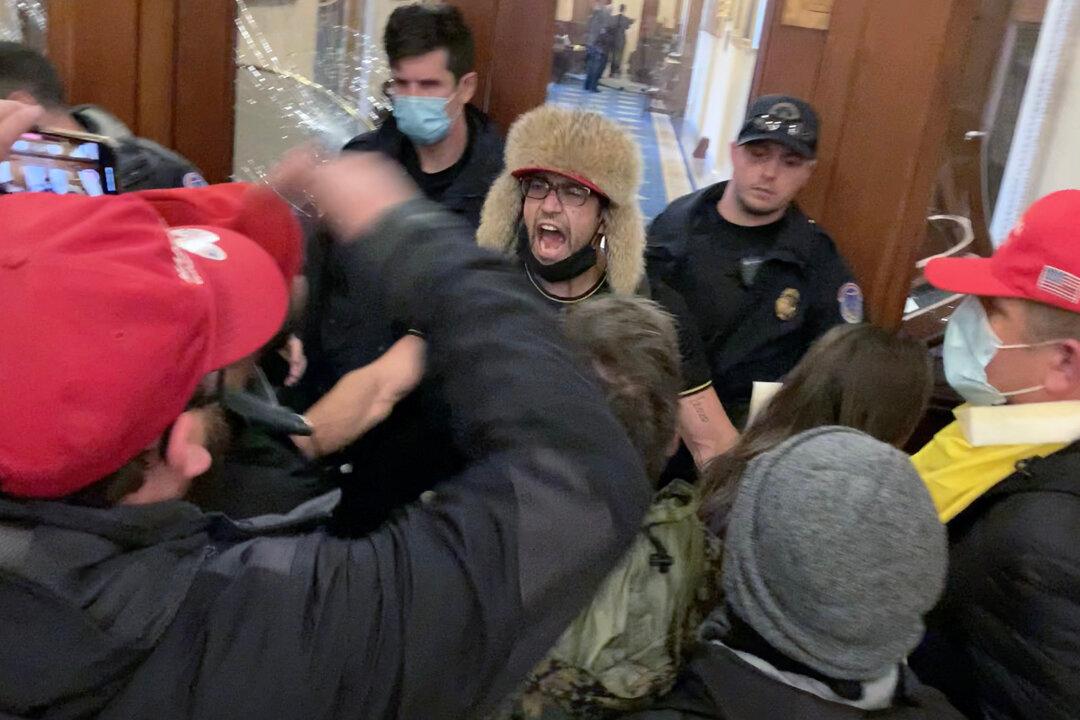Darrell E. Brooks Jr. will stand trial on six counts of first-degree homicide and 71 other counts stemming from the Nov. 21, 2021, Waukesha Christmas Parade massacre, Waukesha County Court Commissioner Kevin Costello ruled after an hourlong preliminary hearing on Jan. 14.
Waukesha County District Attorney Susan Opper and Waukesha, Wisconsin, police detective Thomas Casey alleged that while Brooks drove his 2010 Ford Escape through the parade route, one victim landed on the hood of the vehicle, obstructing Brooks’s view. Brooks braked the SUV to roll the victim off the hood, then ran the person over as he continued down the parade route.





